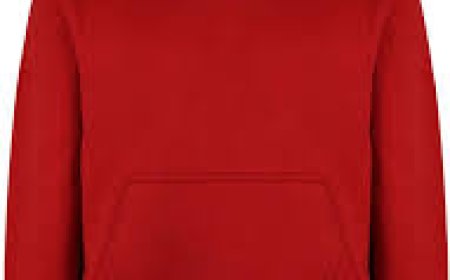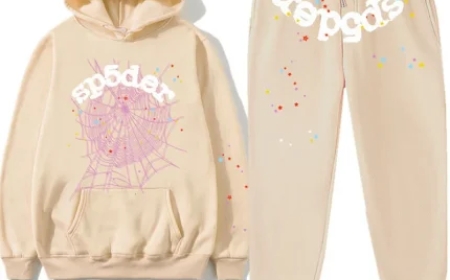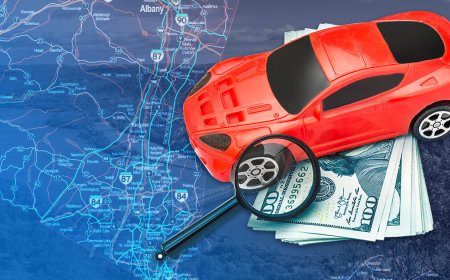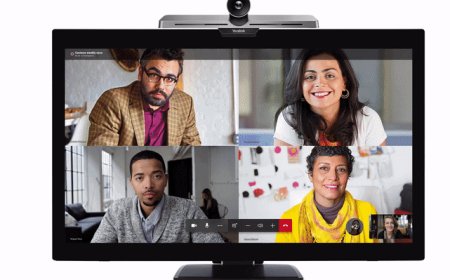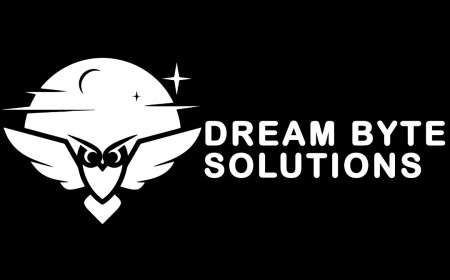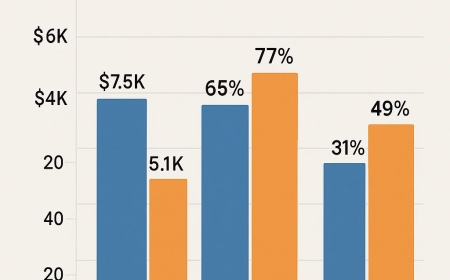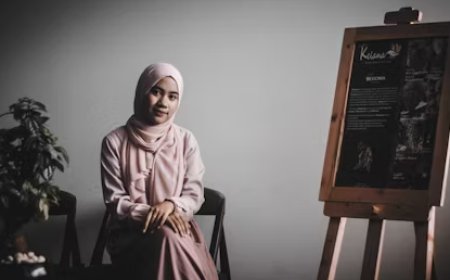How VFX Artists Create Realistic Effects in Movies | Best Animation & VFX Course
Discover how VFX artists create realistic movie effects and why enrolling in the Best Animation & VFX Course can kickstart your career in this creative field.

How VFX Artists Create Realistic Effects in Movies
Have you ever watched a movie and found yourself amazed by giant explosions, magical creatures, or stunning landscapes that look so lifelike you forget theyre not real? These skilled professionals use computer technology to add special effects that cant be captured on camera or dont exist in real life.
If youre curious about how these visual wonders come to life, or if you want to build a career in this exciting field, this blog will guide you through the process of how VFX artists create realistic effects in movies. Plus, well show you why enrolling in the Best Animation & VFX Course in Virar is a smart step toward entering this industry.
What Is VFX?
VFX, or Visual Effects, refers to the process of adding computer-generated imagery or enhancements to a movie after the live-action filming is done. This can range from small touches like adding fire and smoke to creating entire worlds filled with dragons, spaceships, or futuristic cities.
Without VFX, many of todays biggest blockbusters wouldnt be possible. The technology and artistry behind these effects transform the directors vision into something believable and visually stunning.
The Step-by-Step Process VFX Artists Follow
Creating realistic visual effects is a detailed process that involves both artistic creativity and technical expertise. Heres a simplified overview of the key steps VFX artists take to bring movie magic alive:
1. Planning and Storyboarding
Before any effects are made, VFX artists collaborate closely with directors and other team members. They study the script and the directors vision to plan what effects are needed. Often, they create rough sketches or simple animations, called storyboards, to visualize how the effects will fit into the movie.
This early planning stage is crucial because it guides the entire production process and ensures the effects support the story.
2. Shooting with a Green Screen
The solid green color is used because its easy for software to detect and remove, allowing artists to replace the background or add effects behind the actors seamlessly.
Green screens are especially helpful when filming scenes that require imaginary or complex backgrounds.
3. Creating 3D Models
These models are digital representations that can be moved, rotated, or animated to match the films action.
For example, a dragons 3D model might include details like wings, scales, and claws that will be animated later to make it look lifelike.
4. Adding Textures and Colors
After modeling, the artists add textures and colors to the 3D objects. This step is like painting the modelgiving it the appearance of skin, metal, fabric, or other materials.
The textures must be detailed and realistic. For example, if the model is a stone castle, the surface needs to look rough and weathered rather than smooth and artificial.
5. Lighting the Scene
Lighting is one of the most important parts of creating believable effects. VFX artists simulate how light interacts with digital objects to match the real-world lighting in the filmed scene.
Proper lighting adds shadows, highlights, and reflections, making the effects blend naturally with the live-action footage.
6. Simulating Natural Effects
For effects like fire, water, smoke, or explosions, artists use specialized software that mimics how these elements behave in real life. These simulations take into account physics such as gravity, wind, and fluid dynamics to create realistic movement and interaction.
For instance, a realistic fire effect will flicker and spread in a way that looks natural on screen.
7. Compositing Everything Together
Once all digital elements are ready, compositors combine the live-action footage with the computer-generated images. They carefully blend layers, adjust colors, and smooth edges to ensure the final scene looks seamless.
8. Final Rendering
Rendering can take hours or even days for complex scenes because it calculates lighting, shadows, textures, and effects pixel by pixel.
After rendering, the finished scene is ready to be edited into the movie.
How Do VFX Artists Make Effects Look So Real?
What makes the difference between a believable effect and something that looks fake? Heres what top VFX artists focus on:
-
Attention to detail: Artists pay close attention to small things like shadows, reflections, and surface imperfections.
-
Reference footage: They study real-world videos of explosions, animals, or natural phenomena to replicate realistic movement.
-
Cutting-edge technology: Using the latest software and hardware helps create high-quality effects faster.
-
Teamwork: VFX artists collaborate with directors, cinematographers, and editors to make sure the effects fit the story and overall visual style.
This combination of skill, technology, and teamwork is what brings movie magic to life.
Why Realistic VFX Matters
Realistic effects are essential because they help the audience fully immerse themselves in the story. When effects look fake or out of place, it distracts viewers and can ruin the movie experience.
The Importance of Learning VFX
If you want to be a part of this exciting field, learning VFX properly is key. Enrolling in the Best Animation & VFX Course will provide you with:
-
A strong foundation in all the steps and tools involved in VFX production.
-
Hands-on experience with industry-standard software like Autodesk Maya, Houdini, Nuke, and Adobe After Effects.
-
Guidance from expert instructors who understand current industry demands.
What Youll Learn in the Best Animation & VFX Course
A quality course will cover:
-
Fundamentals of animation and modeling
-
Techniques for realistic texturing and lighting
-
Simulation of natural effects like fire and water
-
Compositing and rendering workflows
-
Real-world project experience simulating studio environments
-
Career advice and networking opportunities
This kind of comprehensive education ensures you graduate job-ready and confident.
Career Opportunities After a VFX Course
VFX is a fast-growing field with many career paths, including:
-
VFX artist
-
Compositor
-
3D modeler
-
FX technical director
-
Motion capture specialist
-
Matte painter
Studios around the world are constantly hiring skilled professionals, and freelance work is also on the rise.
Final Thoughts
Creating realistic VFX is both an art and a science. It requires creativity, technical knowledge, patience, and collaboration. Whether youre fascinated by dragons, epic battles, or magical worlds, VFX artists make these visions real for movie audiences everywhere.
If you want to be part of this thrilling industry, starting with the Best Animation & VFX Course in Virar is a smart move. It will equip you with the skills and experience to bring incredible effects to life and build a successful career in film and entertainment.






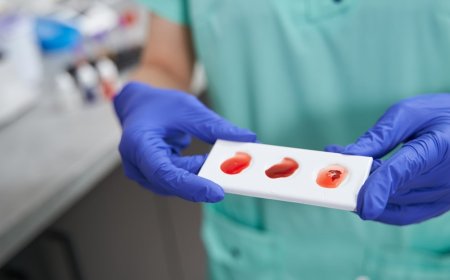
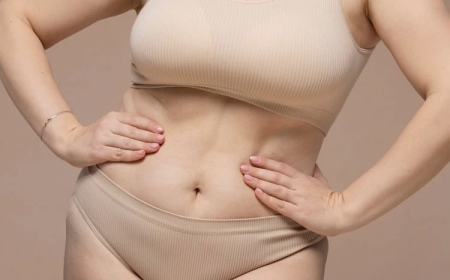
&srotate=0)

